Benefits & Drawbacks of Dark Circles Treatment
Author: Dynamic Clinic
Start working with Enfeild that can provide everything you need to generate awareness, drive traffic, connect.
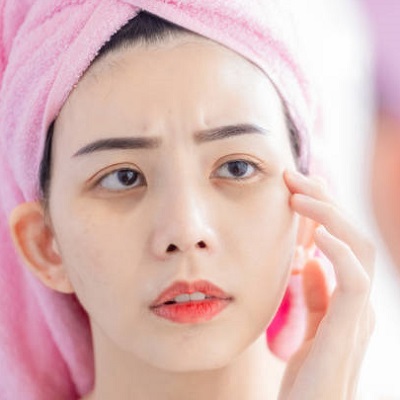
Benefits & Drawbacks of Dark Circles Treatment
Benefits & Drawbacks of Dark Circles Treatment
Posted by Ali

What Are the Causes of Skin Pigmentation?
What Are the Causes of Skin Pigmentation?
Posted by Ali
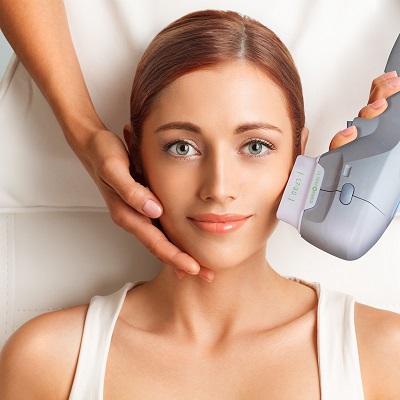
HIFU Treatment Pros & Cons
HIFU Treatment Pros & Cons
Posted by Ali

Does Skin Toning Treatment Works
Does Skin Toning Treatment Works
Posted by Ali

How Long After HIFU Treatment Skin Become Saggy Again?
How Long After HIFU Treatment Skin Become Saggy Again?
Posted by Ali
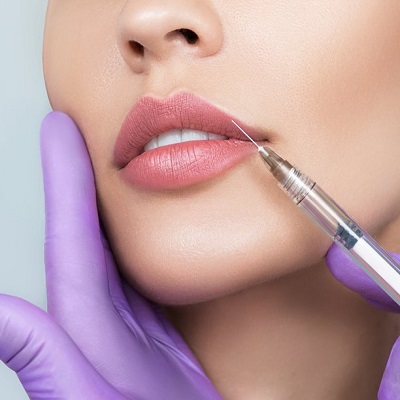
Which One Is Better, Lip Filler or Lip Augmentation?
Which One Is Better, Lip Filler or Lip Augmentation?
Posted by Ali
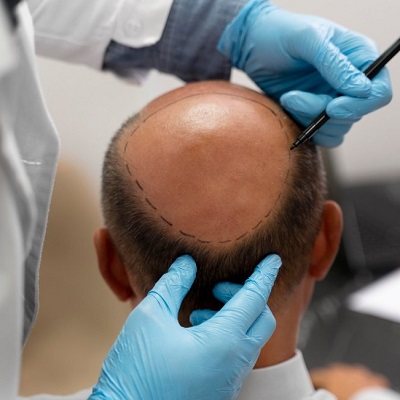
FUE Hair Transplant FAQs
FUE Hair Transplant FAQs
Posted by Ali
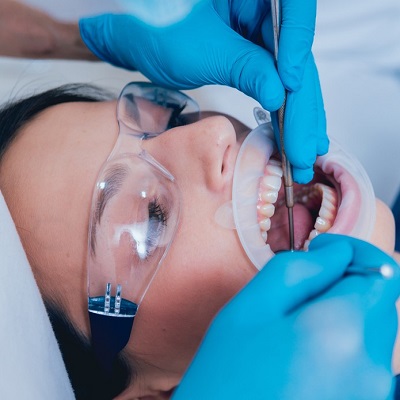
Root Canal FAQs
Root Canal FAQs
Posted by Ali
Botox Injections Pros & Cons
Botox Injections Pros & Cons
Posted by Ali
Pros and Cons of Cheek Fillers
Pros and Cons of Cheek Fillers
Posted by Ali
